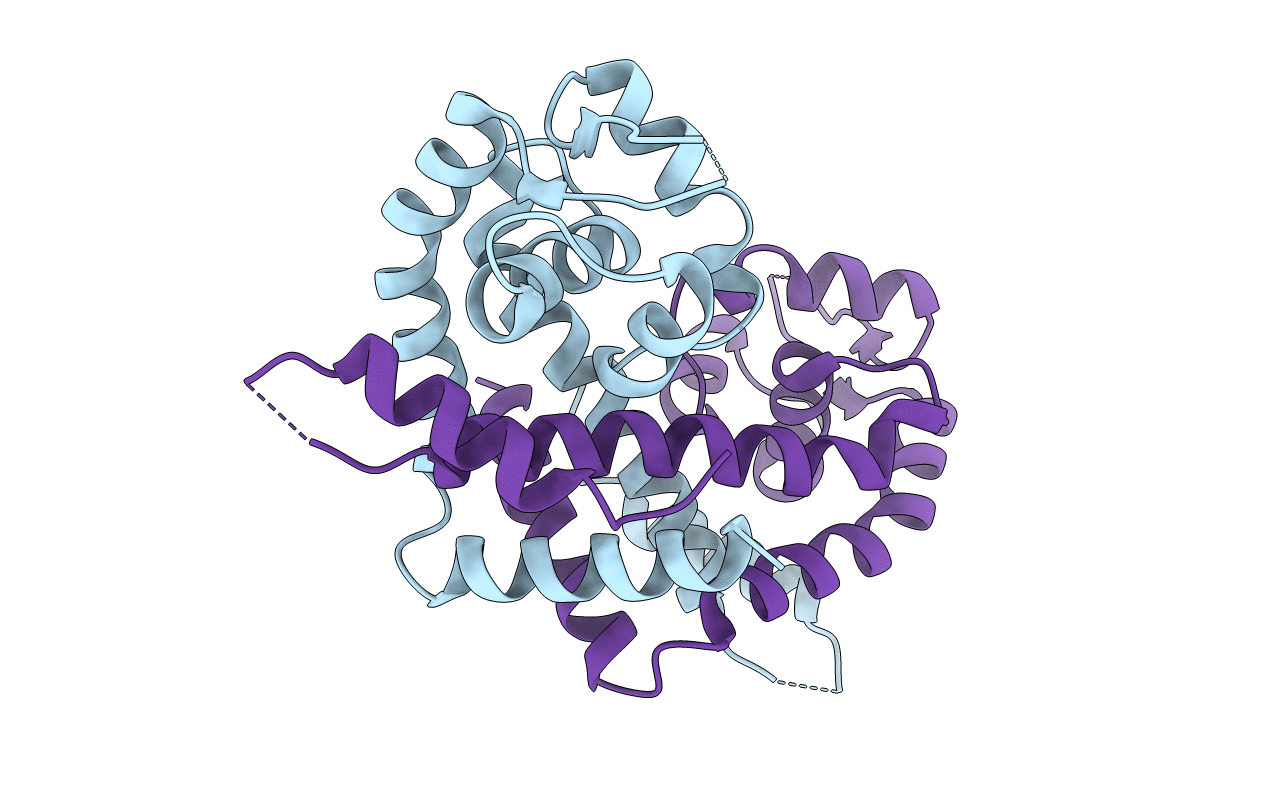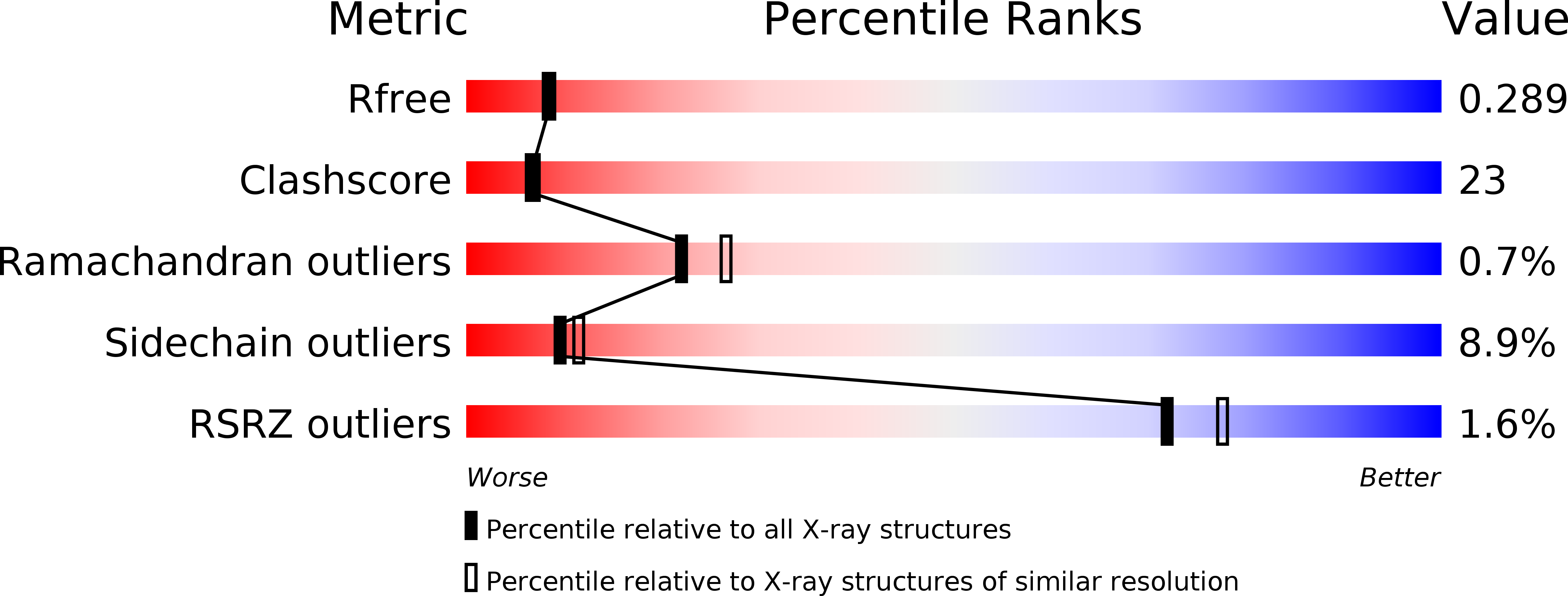
Deposition Date
2005-12-09
Release Date
2006-07-04
Last Version Date
2024-02-14
Entry Detail
PDB ID:
2FBK
Keywords:
Title:
The Crystal Structure of HucR from Deinococcus radiodurans
Biological Source:
Source Organism:
Deinococcus radiodurans (Taxon ID: 1299)
Host Organism:
Method Details:
Experimental Method:
Resolution:
2.30 Å
R-Value Free:
0.28
R-Value Work:
0.23
Space Group:
P 61


